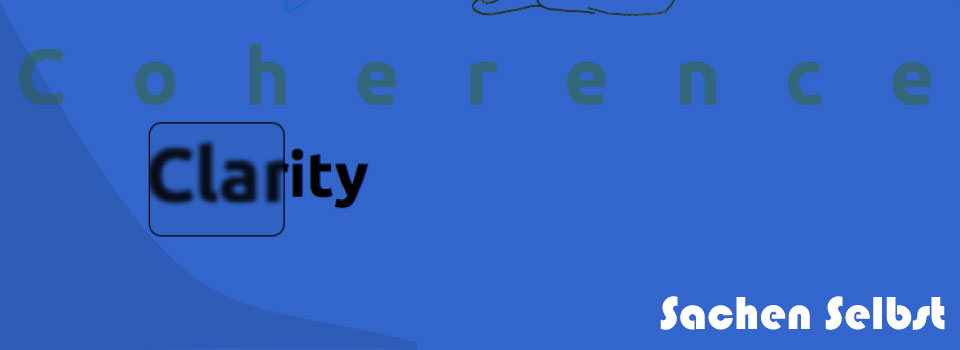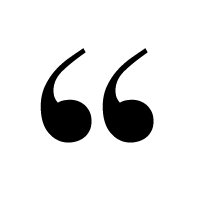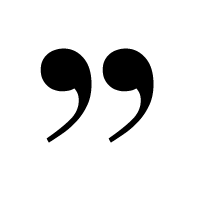
x
Contents
Home
Home
Home

Clarity

Decided and determined clarity, which is not always useless or harmful, does not necessarily always lead to a logic of opposition—it can and even must be the clarity of a distinction.
(Stiegler, “Doing and Saying” 5; italics in original)
Clarity occupies a dubious position for compositionists. We often evaluate our students based on some version of clarity as a criterion. We can articulate it in various ways, but the basic question is, How easily did I understand what you meant? Such a question is dubious because we also know that there is no “what you meant” lurking beneath the essay. There is only what you wrote and you and me. We can start to push back against each other about what you wrote, and we can call this process revision, but it will not provide any evidence for a stable meaning, any more than it will for a stable subject.
In his 2010 article “The Ruse of Clarity,” Ian Barnard argues that composition’s interest in clarity is even more pernicious than that. Barnard offers an overview of various arguments praising clarity, being careful to point out those authors’ studied avoidance of any definition of clarity (436). Clarity is assumed to be a virtue, and this assumption often goes unquestioned (439). Barnard goes on to point to possible reasons for this, including a defense of the status quo against various minorities: “Clarity’s comfort can be symptomatic of a parallel anxiety or desire to fix and control meaning in the face of challenges to such fixity and control” (440). In clarity we see the terrorism of the unmarked.
Rhetoric, on the other hand, offers examples of just such marked language. Language marked by gender, race, sexuality, class, nation; language marked by history and material, by knowledge and power. Of course, all language is marked by knowledge and power (as well as those other factors). Unmarked language, “clear” language, just pretends it isn’t, pretends to be natural, universal.
Barnard ends his article with a call for a problematization of clarity and a theorization of unclarity (447). I’ve been attempting to do each throughout this project.
Often people think of comics as easy, as clear. They’re good for instructions, like airplane safety manuals. But as anyone who has assembled furniture can tell you, clarity is a myth. If I put together the furniture easily, then the instructions were clear. If I run into problems, the instructions were unclear. The integration of image and text under the rule of sequentiality does not serve to make things more clear. However, the syntheses that readers produce across gutters and between visual and verbal features does create the effect of clarity. Which is why I’m so much more interested in comics that produce confusion and inspire action, rather than the complacency so often produced by clarity.
When I tell others about my work on comics, I often get responses that assume this equivalence between comics and clarity. People assume this is a technical writing project. Such a project would create a rhetoric of comics, a how-to manual for composing arguments with images and text. This is, of course, not such a project. Instead, this project seeks to explore unclarity through comics. To bear witness to the differend of image and text by creating a new scholarly idiom.


